#Henry III
Explore tagged Tumblr posts
Text
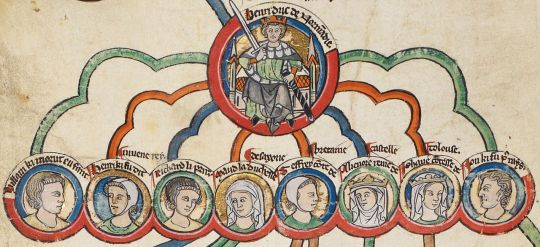
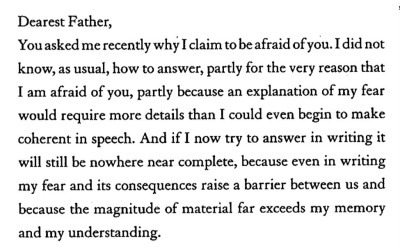


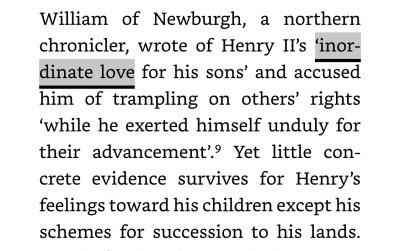

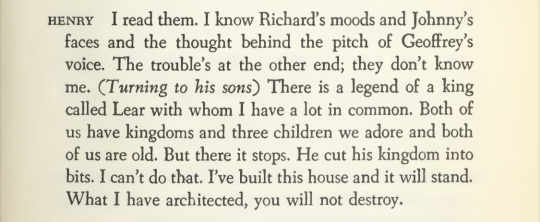


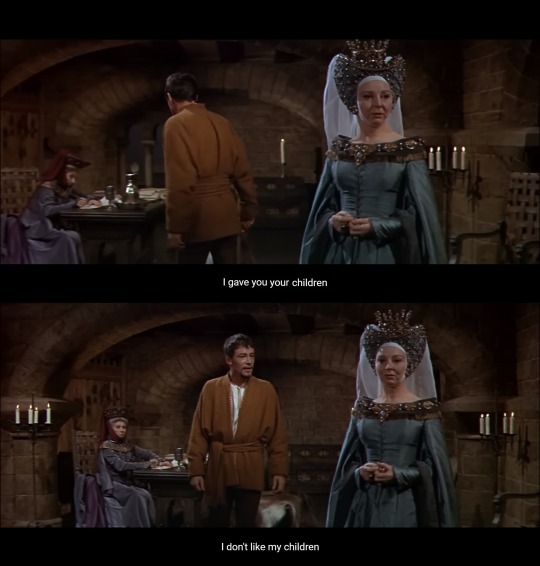
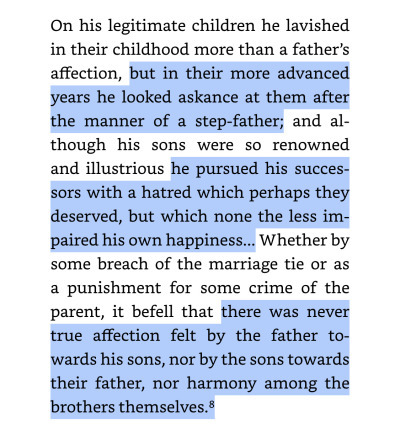
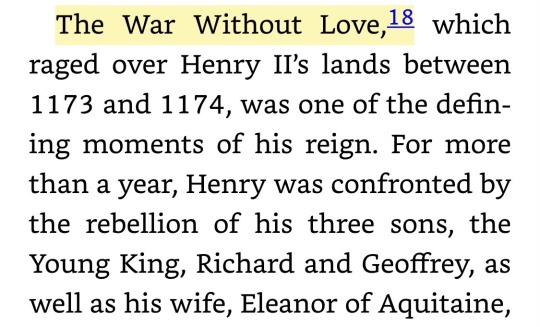



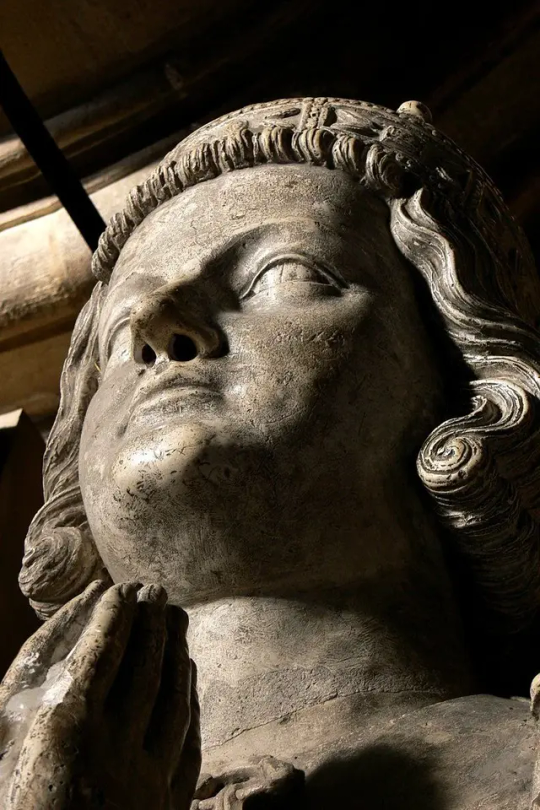




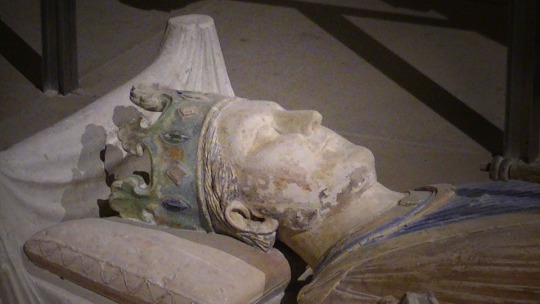



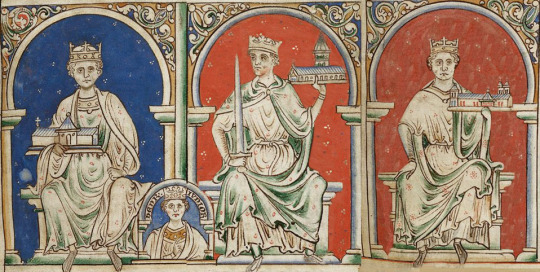



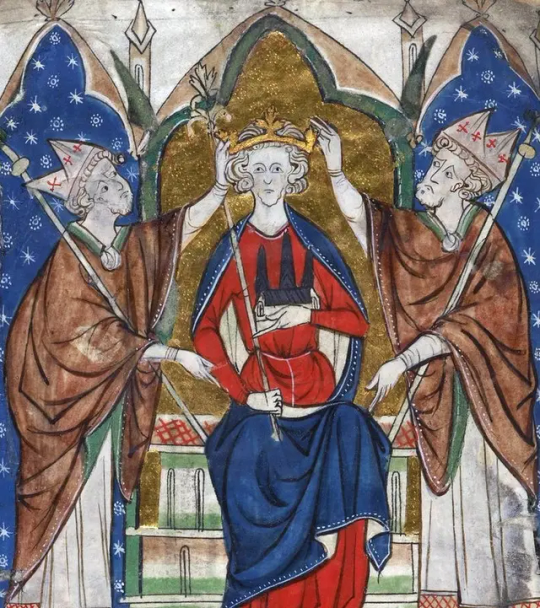

FILTH TEACHES FILTH.
239 notes
·
View notes
Text
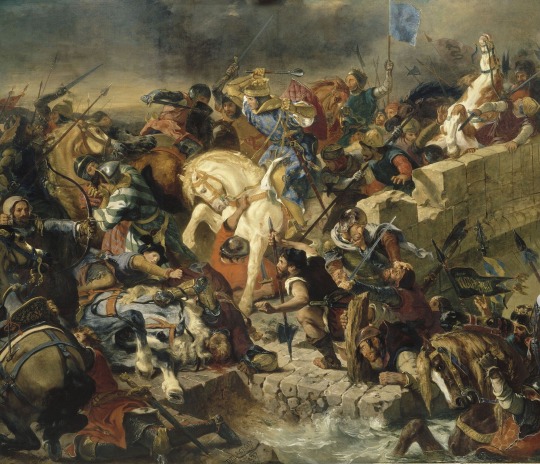
The Battle of Taillebourg, 21 July 1242 by Eugène Delacroix
#battle of taillebourg#art#eugène delacroix#middle ages#medieval#history#knights#france#louis ix#saint louis#french#europe#saintonge war#saintes#versailles#capetian#angevin#england#english#bridge#henry iii#charente#river#kingdom of france#kingdom of england#alphonse of poitiers#hugh x of lusignan#richard of cornwall#mace#king
133 notes
·
View notes
Text
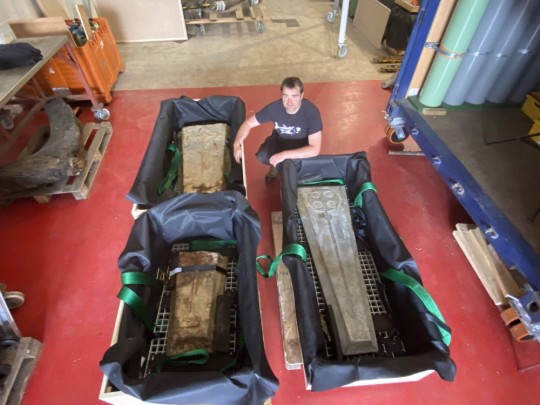
Medieval Grave Slabs Recovered From Historic Shipwreck
Maritime archaeologists from Bournemouth University have recovered two medieval graves slabs which have been lying at the bottom of Studland Bay for nearly 800 years.
The slabs, carved from Purbeck marble, were amongst the cargo of England’s oldest historic shipwreck, which sank off the Dorset coast during the reign of Henry III in the thirteenth century.
The site has been named the “Mortar Wreck” because other items in its cargo included a large number of grinding mortars, also made from Purbeck stone. Details of the discovery will shortly be published in the journal Antiquity.
Divers and archaeologists led by BU brought the slabs to the surface on 4 June in a two hour operation from a depth of around seven metres where the stones lay.
One immaculately preserved slab measures one and a half metres and weighs an estimated 70 kilogrammes. The other, much larger slab is in two pieces, with a combined length of two metres and a weight of around 200 kilogrammes.
Both have carvings of Christian crosses which were popular in the thirteenth century and the research team believe they were intended to be coffin lids or crypt monuments for high status individuals in the clergy.
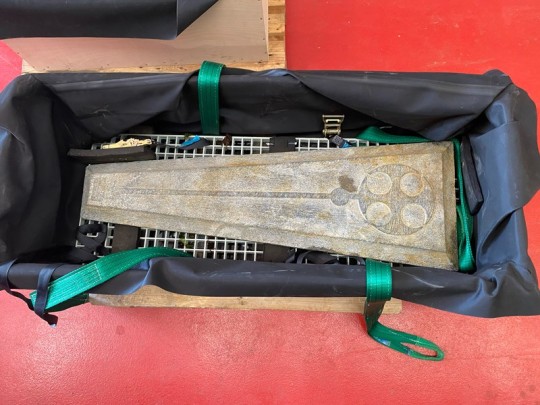
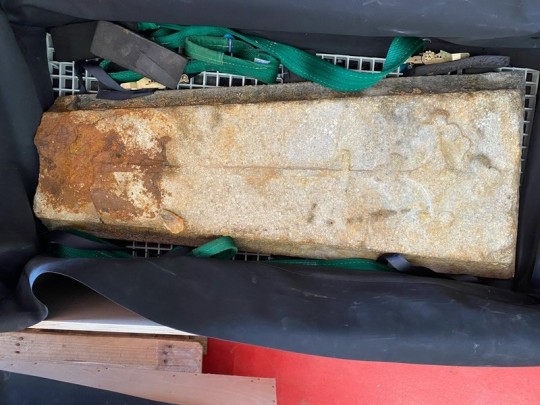
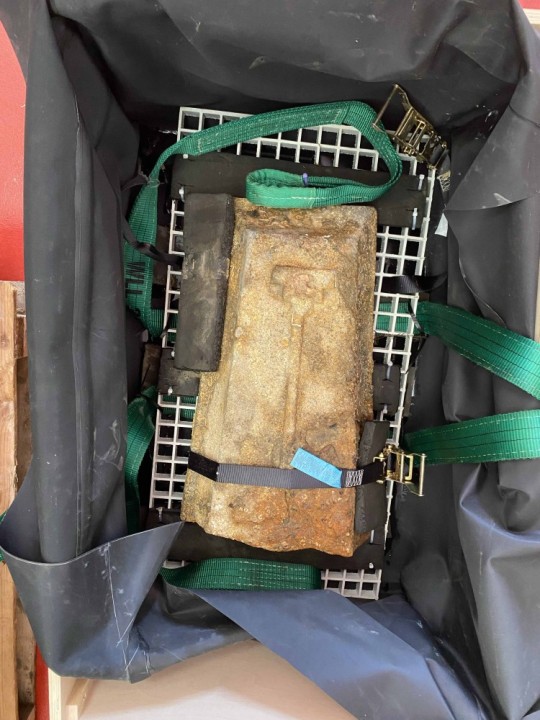
“The wreck went down in the height of the Purbeck stone industry and the grave slabs we have here were a very popular monument for bishops and archbishops across all the cathedrals and monasteries in England at the time,” explained Tom Cousins, a Maritime Archaeologist at Bournemouth University who led the recovery. “Examples have been found in Westminster Abbey, Canterbury Cathedral and Salisbury Cathedral, he added.”
The slabs will now be desalinated and conserved by the Bournemouth team until they can be put on public display along with the other recovered artefacts in the new Shipwreck Gallery when Poole Museum reopens next year.
The site of the Mortar Wreck was first discovered as an ‘obstruction’ in 1982 but was assumed to be a pile of rubble on the seabed. Its significance was not realised until 2019 when Tom and a team from the University dived the site on the suggestion of local charter skipper Trevor Small and uncovered the secrets lying under the sand.
The continued recovery of the artefacts, such as the mortars and grave slabs, will allow the Bournemouth team to learn more about thirteenth century life and the ancient craft of stonemasonry.


“Although Purbeck marble was quarried near Corfe Castle there has always been a debate about how much work was done here and how much was done in London. Now we know they were definitely carving them here, but they hadn’t been polished into the usual shiny finish at the time they sank so there is still more we can learn,” Tom said.
The team will continue to explore and protect the wreck over the coming years which they hope will include an operation to record the timber frames of the ships hull which are still well preserved in the sand. Tom is also planning to use this as a training opportunity for his students at the university.
“The future aim of the project is to train the next generation so that they get the same opportunities I had. We’ve already started teaching our second-year students to dive and as they get into the third year we’re going to take them out to sea and teach them their first steps to becoming maritime archaeologists,” he said.
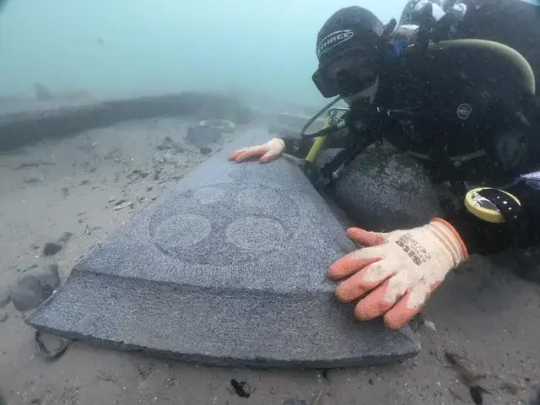


#Medieval Grave Slabs Recovered From Historic Shipwreck#Dorset coast#Mortar Wreck#Purbeck marble#Henry III#Maritime archaeologists#archeology#archeolgst#history#history news#shipwreck
51 notes
·
View notes
Text
When your fuckass alive human walks into a room and you need to pretend that you were not trying to send each other to superhell five seconds ago

I remember mentioning my "girls can see ghosts of historical figures" setting here awhile ago, so why not post something related to it again— (if someone is interested, i can drop some kind of lore here 👀👀 )
#waltz of the dead dragonflies#Henry iii#marie antoinette#georges danton#louis antoine de saint just#Napoleon iii
22 notes
·
View notes
Text
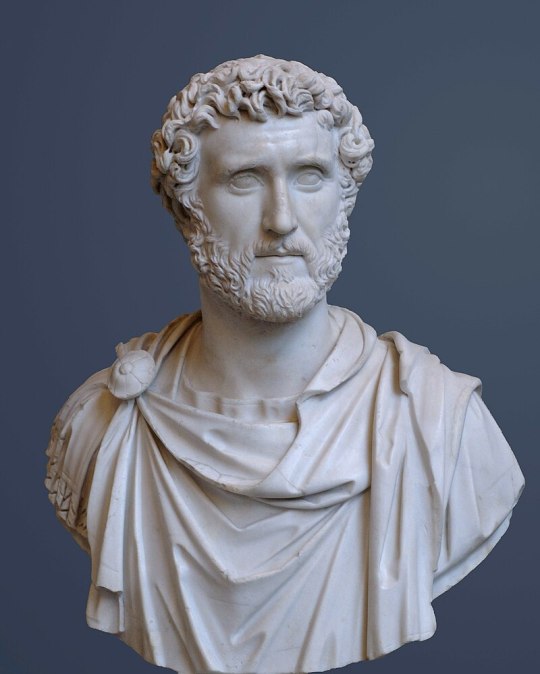
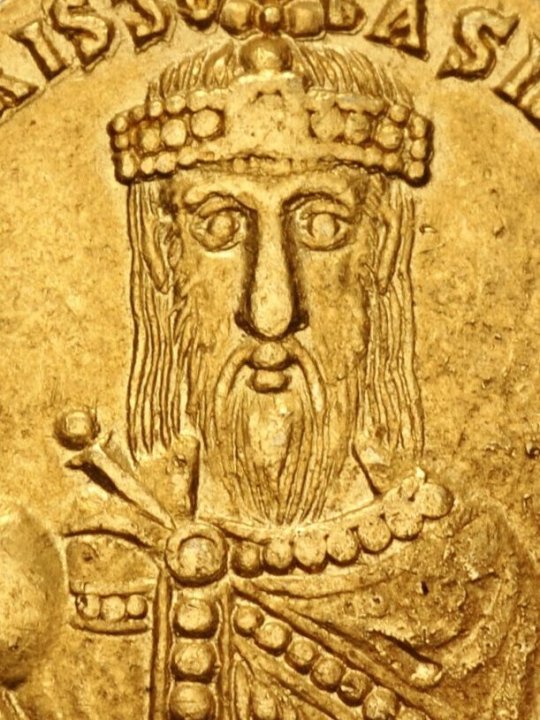
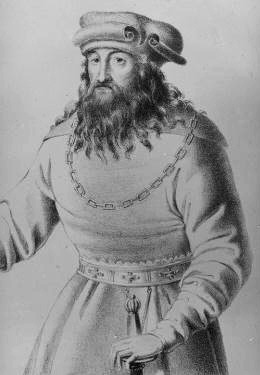
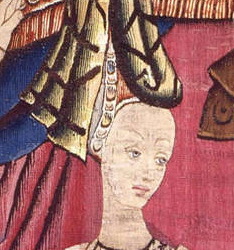


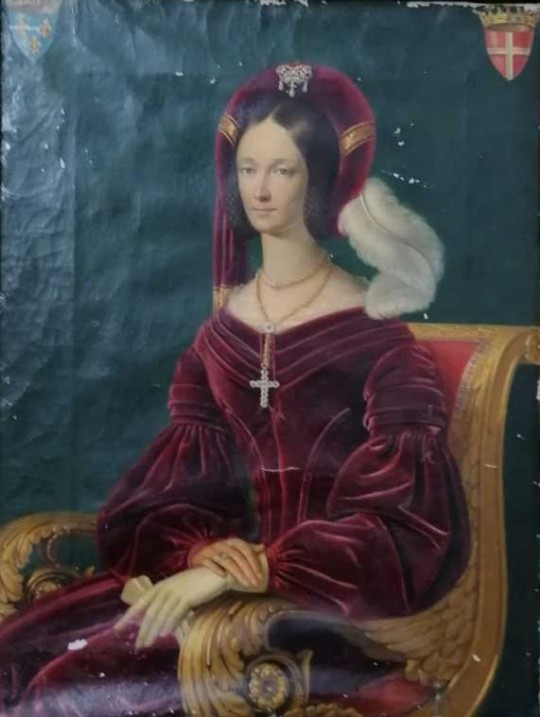

Royal birthdays for today, September 19th:
Antoninus Pius, Roman Emperor, 86
Leo VI the Wise, Byzantine emperor, 866
Albert IV, Duke of Austria, 1377
Marie of Cleves, Duchess of Orléans, 1426
Henry III, King of France 1551
Albrecht Johann Joseph, Archduke of Austria, 1773
Maria Teresa of Savoy, Duchess of Parma and Lucca, 1803
Maria Anna of Savoy, Empress of Austria, 1803
#maria anna of savoy#maria teresa of savoy#archduke Albrecht Johann Joseph#henry iii#marie of cleves#albert iv#leo VI#antoninus pius#royal birthdays#long live the queue
9 notes
·
View notes
Text

Henry VIII's First Interview with Anne Boleyn
Artist: Daniel Maclise (Irish, 1806–1870)
Date: 1835
Medium: Oil on Canvas
Collection: Private Collection
DESCRIPTION
Daniel Maclise turned to historical subjects in the early 1830s. The present subject, which was shown at the British Institution in 1836, shows the first meeting of Henry VIII and Anne Boleyn, which occurred in about 1527 and which led to their marriage in 1533 following the annulment of the king's first marriage to Catherine of Aragon. In 1536 Anne was tried on dubious charges of adultery and beheaded in the Tower of London. Maclise's painting shows Henry standing on a low dais and with Anne demurely standing at his side. Members of the court occupy the surrounding space, and seem to be aware of the likely repercussions of the evident attraction that he feels for her. In the shadows to the left is seen the figure of a cardinal of the Catholic Church, who raises his hand to his mouth in a gesture that expresses his concern that a known supporter of the Protestant cause should have gained the particular favour of the king. As queen, Anne did her utmost to promote Reformation doctrines. The interior is intended to represent Hampton Court, the splendid palace that Henry took over after Cardinal Wolsey had been discredited and forced from office.
#painting#history#henry iii#anne boleyn#courtship#palace#16th century painting#king#queen#english monarch#oil on canvas#cardinal#church reformation#hampton court#daniel maclise#irish painter#european art
8 notes
·
View notes
Photo
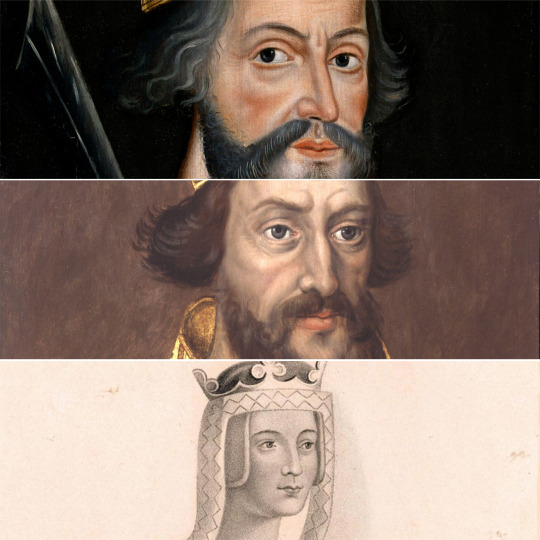
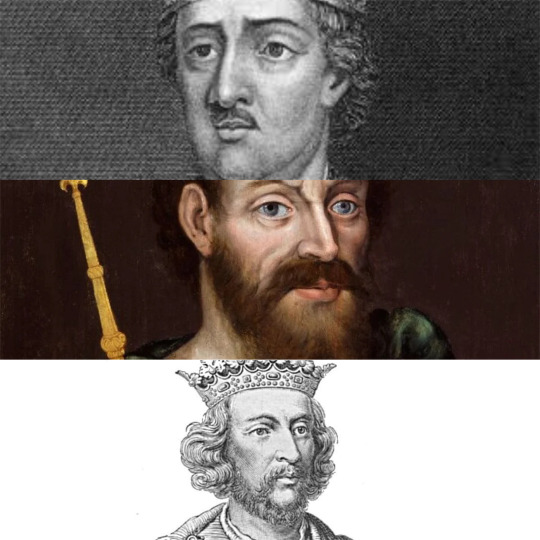

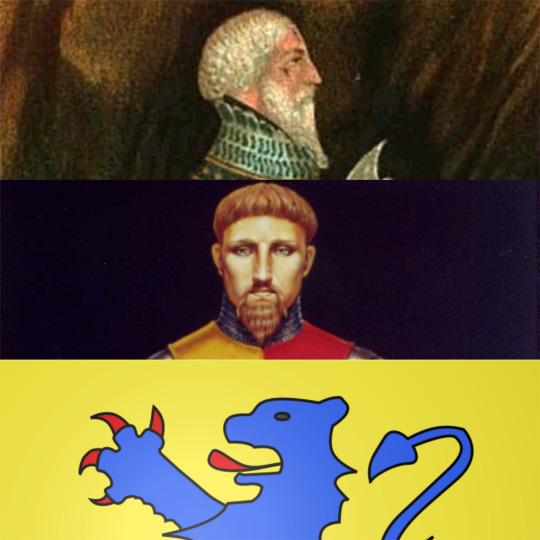


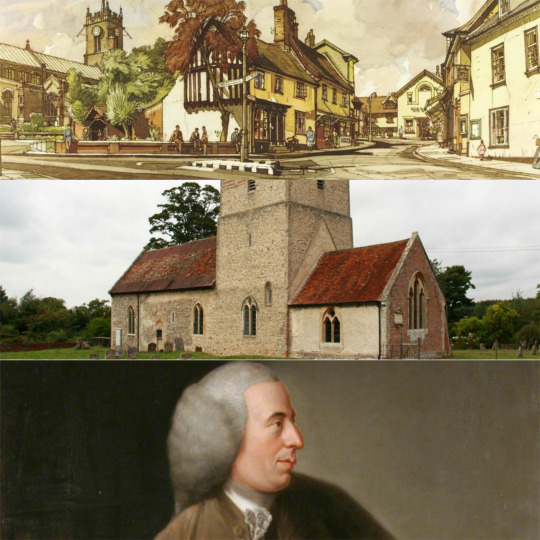
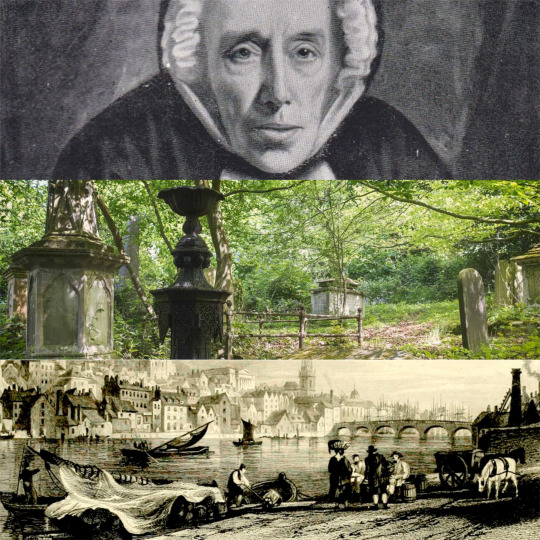
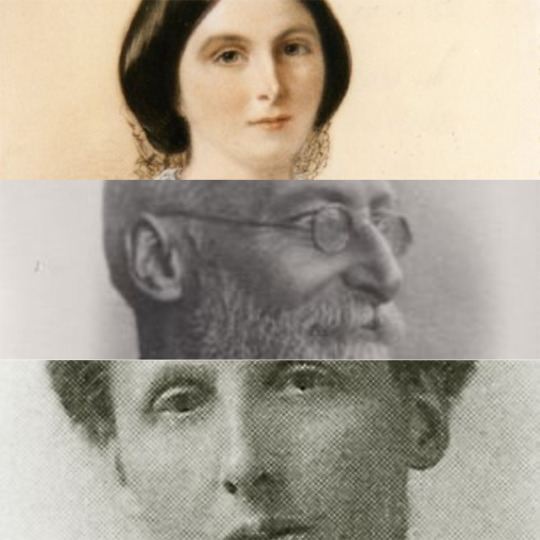

William, The Conqueror to Catherine, The Princess of Wales ⤜ The Princess of Wales is William I's 27th Great-Granddaughter via her paternal grandfather’s line.
William the Conqueror (m. Matilda of Flanders)
Henry I, King of England (m. Matilda of Scotland)
Empress Matilda (m. Geoffrey V, Count of Anjou)
Henry II, King of England (m. Eleanor of Aquitaine)
John I, King of England (m. Isabella of Angoulême)
Henry III, King of England (m. Eleanor of Provence)
Edmund, Earl of Lancaster (m. Blanche of Artois)
Henry, 3rd Earl of Leicester and Lancaster (m. Matilda de Chaworth)
Mary of Lancaster, Baroness Percy (m. Henry de Percy, 3rd Lord Percy) - Coat of Arms
Sir Henry Percy, 1st Earl of Northumberland (m. Margaret de Neville)
Sir Henry ‘Hotspur’ Percy (m. Elizabeth Mortimer)
Sir Henry Percy, 2nd Earl of Northumberland (m. Lady Eleanor Neville) - Coat of Arms
Sir Henry Percy, 3rd Earl of Northumberland (m. Eleanor, Baroness Poynings) - Coat of Arms
Lady Margaret Percy (m. Sir William Gascoigne)
Agnes Gascoigne (m. Sir Thomas Fairfax) - Gawthorpe Hall, family seat.
William Fairfax (m. Anne Baker) - Gilling Castle, family seat.
John Fairfax (m. Mary Birch) Master of the Great Hospital at Norwich, Norfolk
Rev. Benjamin Fairfax (m. Sarah Galliard), Preacher at Rumburgh, Suffolk.
Benjamin Fairfax (m. Bridget Stringer) died in Halesworth, Suffolk.
Sarah Fairfax (m. Rev. John Meadows) died in Ousedon, Suffolk.
Philip Meadows (m. Margaret Hall)
Sarah Meadows (m. Dr. David Martineau)
Thomas Martineau (m. Elizabeth Rankin) buried at Rosary Cemetery, Norwich.
Elizabeth Martineau (m. Dr. Thomas Michael Greenhow) died in Newcastle upon Tyne, Northumberland.
Frances Elizabeth Greenhow (m. Francis Lupton)
Francis Martineau Lupton (m. Harriet Albina Davis)
Olive Christina Lupton (m. Richard Noel Middleton)
Peter Francis Middleton (m. Valerie Glassborow)
Michael Francis Middleton (m. Carole Elizabeth Goldsmith)
The Princess of Wales m. The Prince of Wales
#this took wayyy to long#princess of wales#william the conqueror#history#ancestry#pictures#people#brf#british royal family#empress matilda#henry ii#henry i#john i#king of england#henry iii#hotspur#KTD
104 notes
·
View notes
Text
Liste de lecture sur les Plantagenêts.
Chose promise, chose due. Vous trouverez l'ensemble des docs historiques en français et en anglais portant sur la dynastie des Plantagenêts.
Pour information, des listes de romans en français, en anglais et des docs qui se concentrent sur les rois et les reines Plantagenêts devraient venir fin mai.
La liste est exhaustive.
Français :
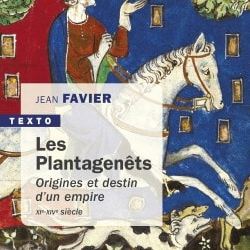
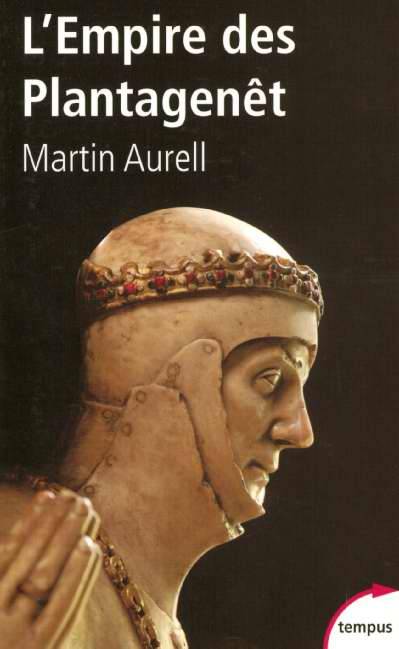
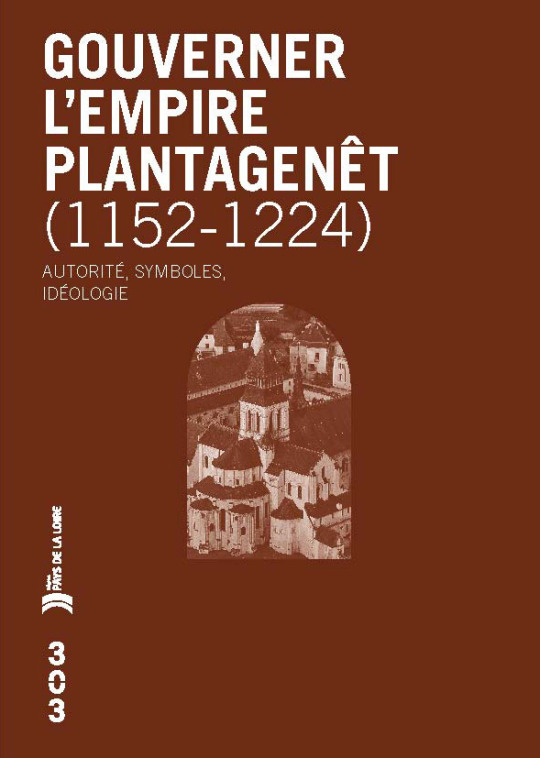
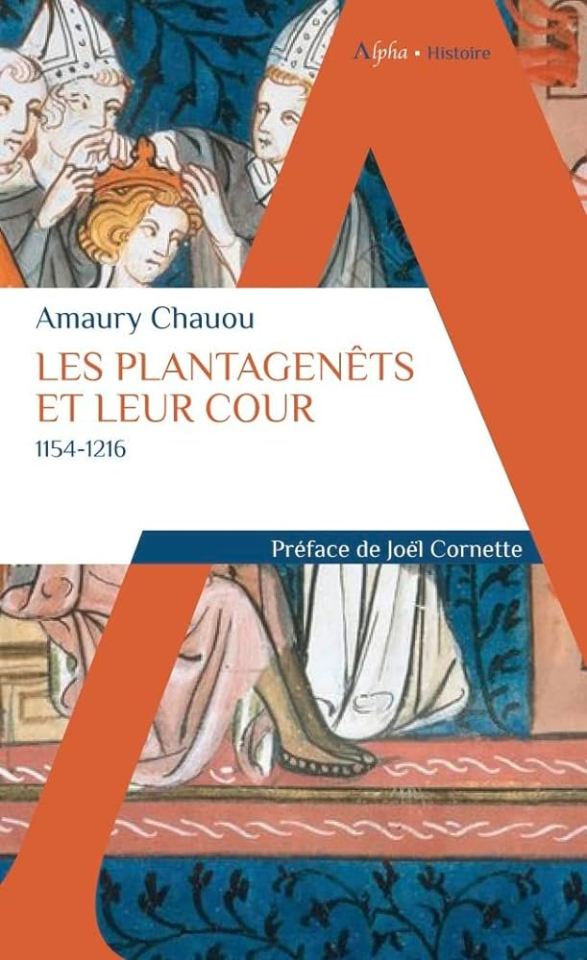
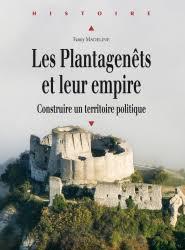
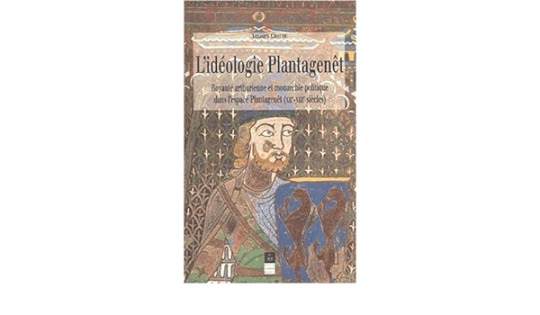
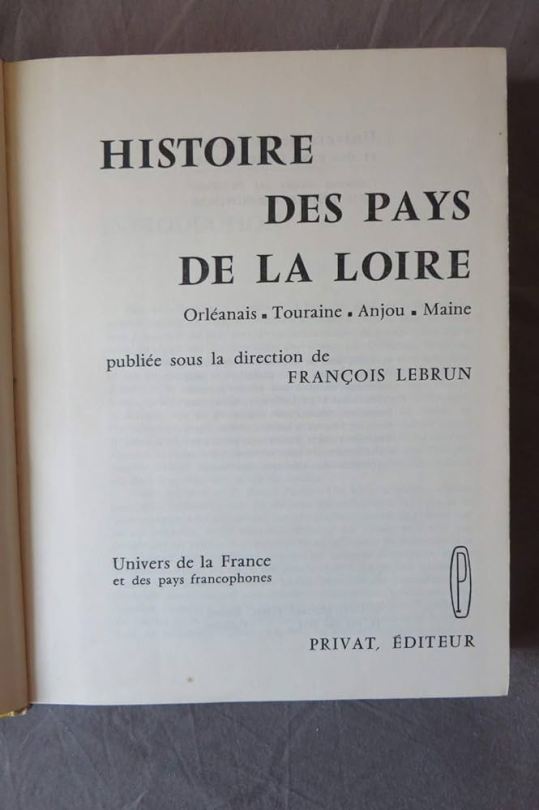
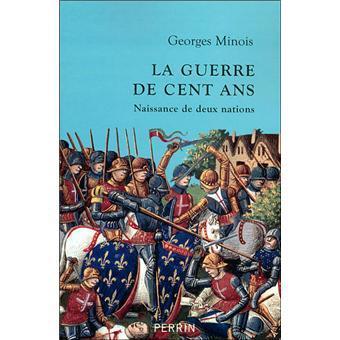
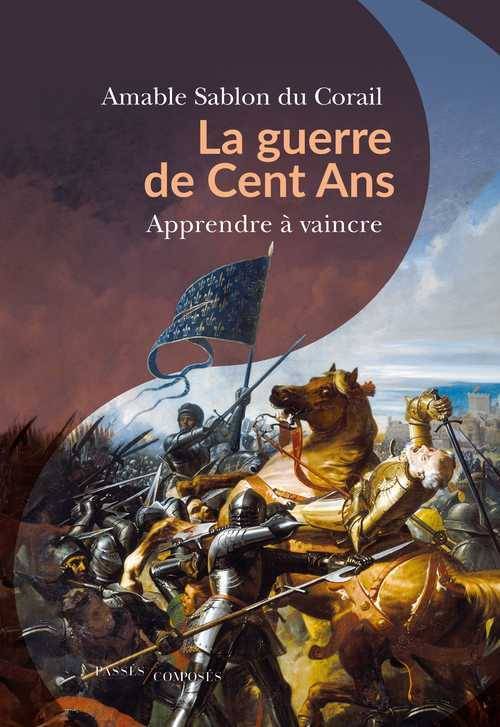
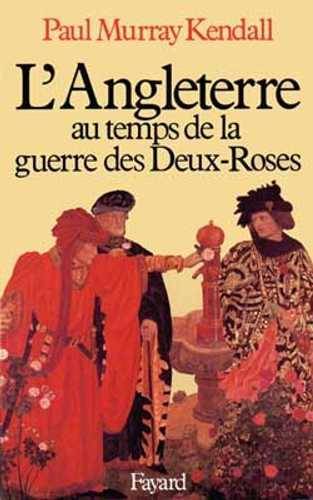
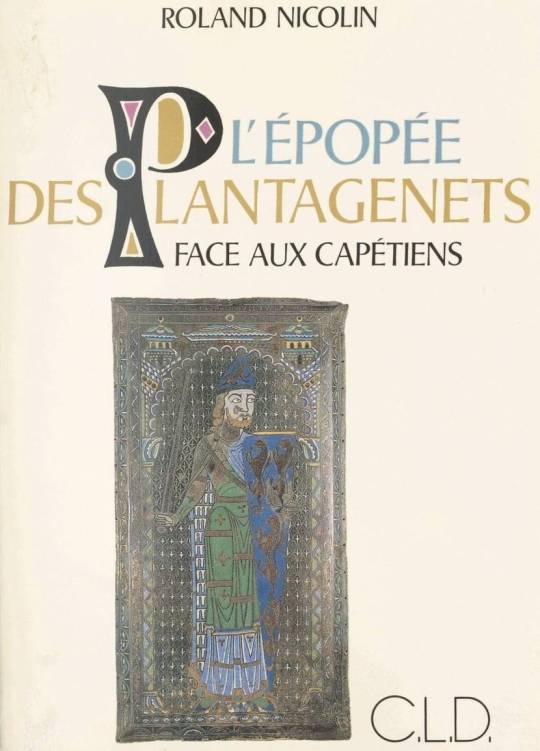
Anglais :
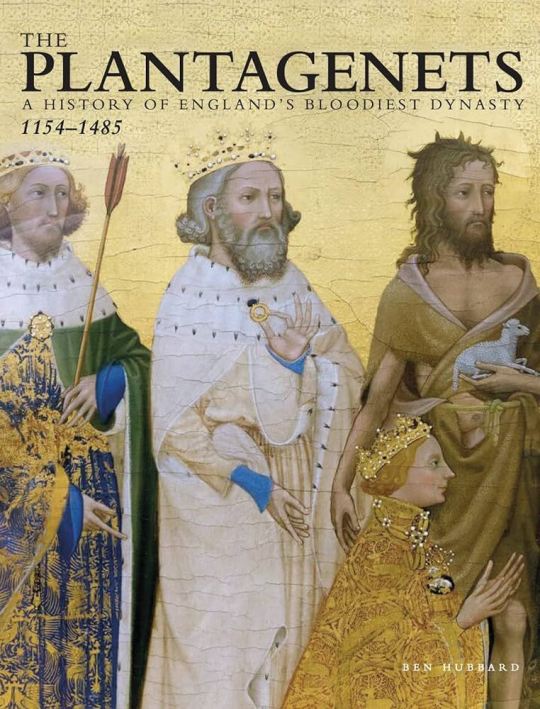
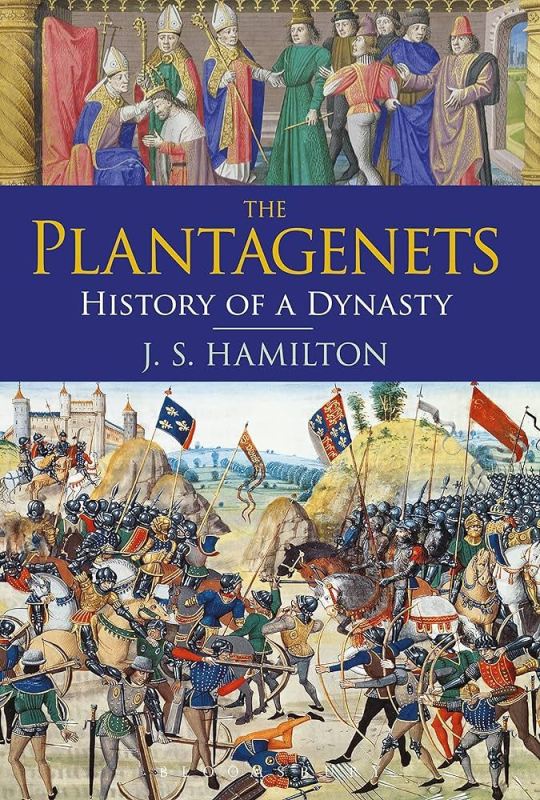
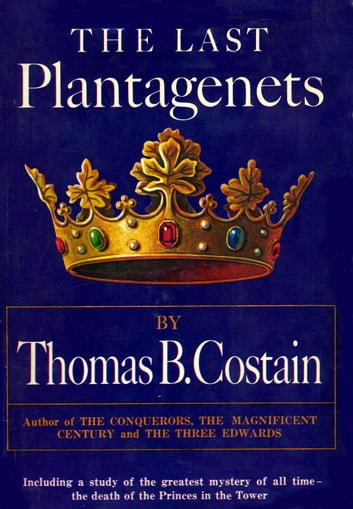
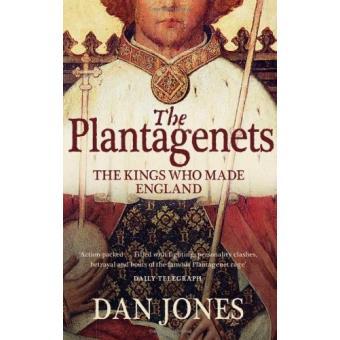
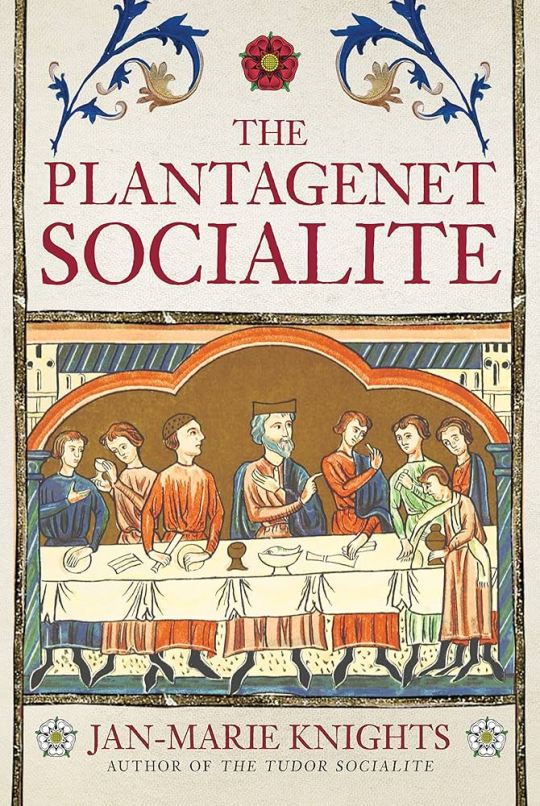

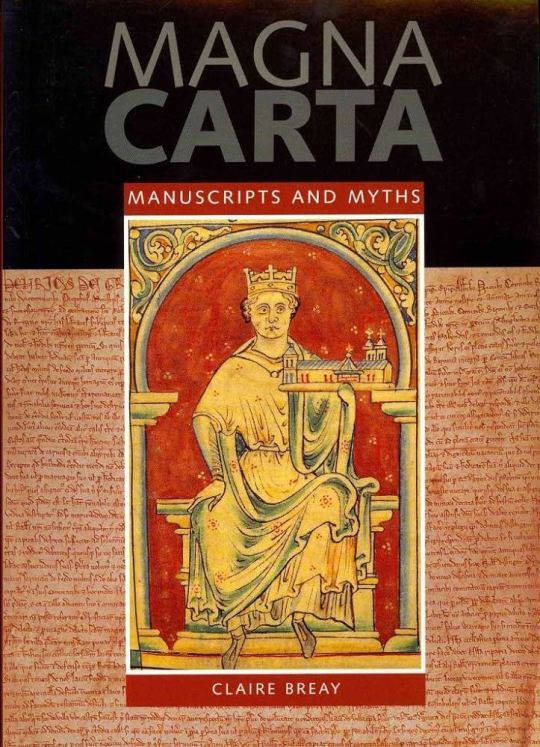
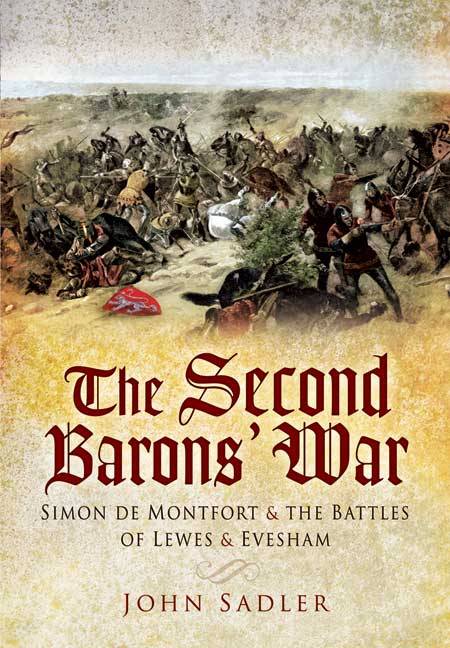
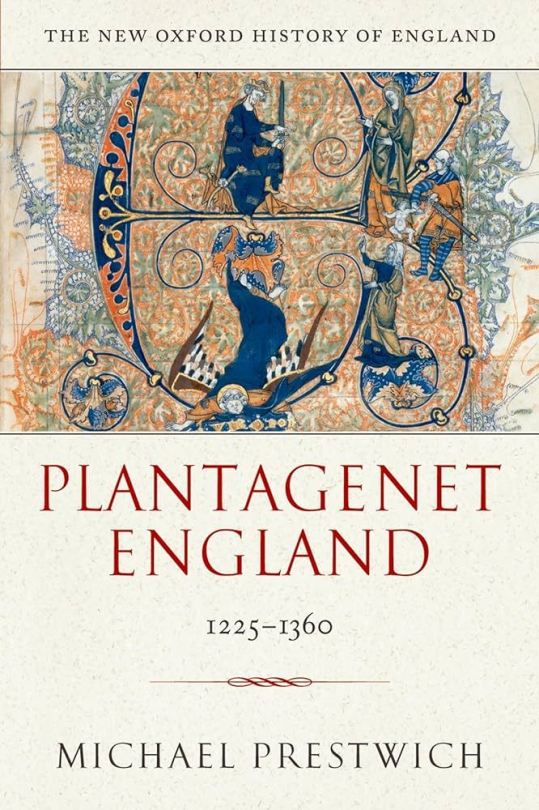
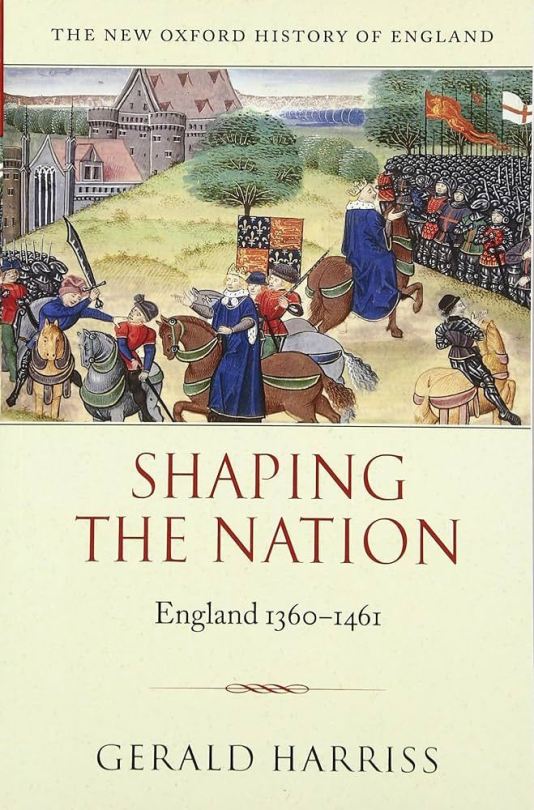
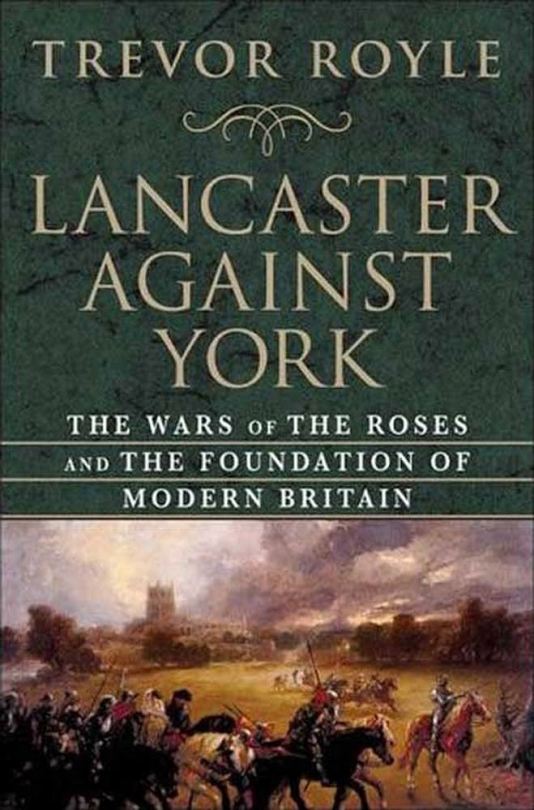
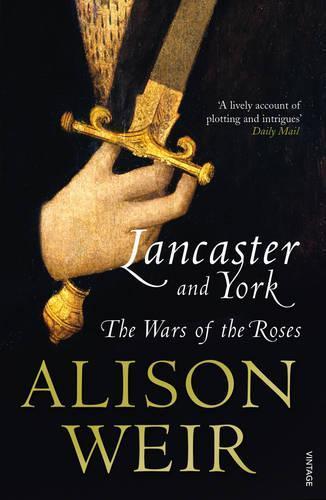
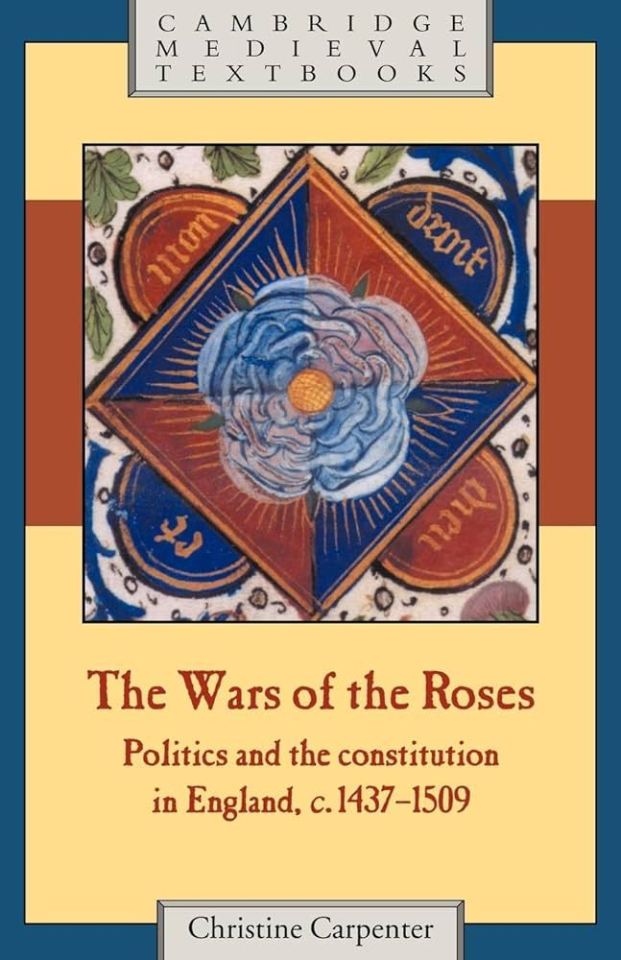
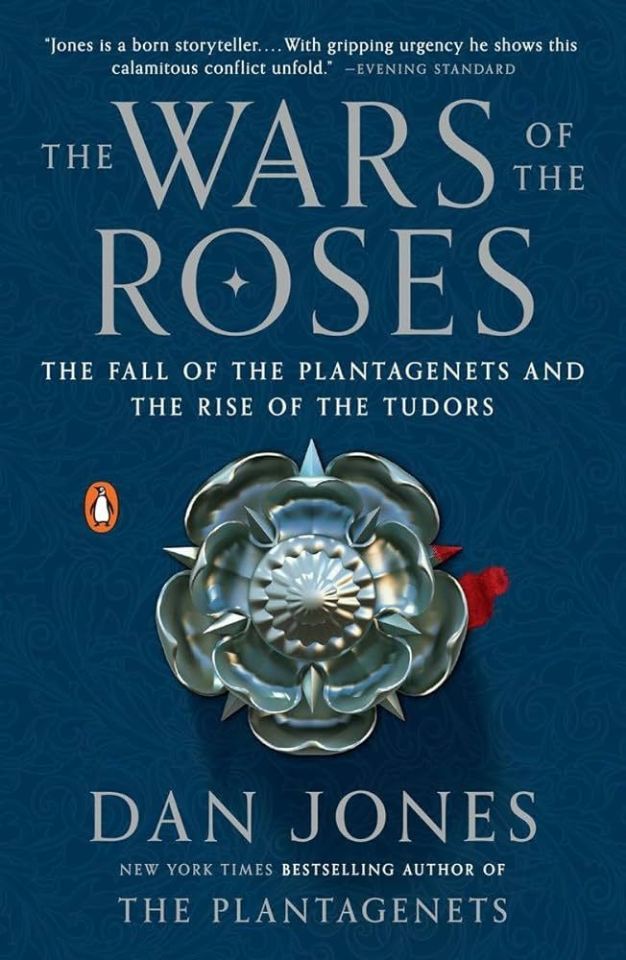
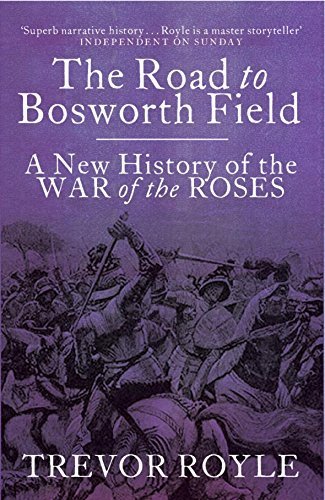
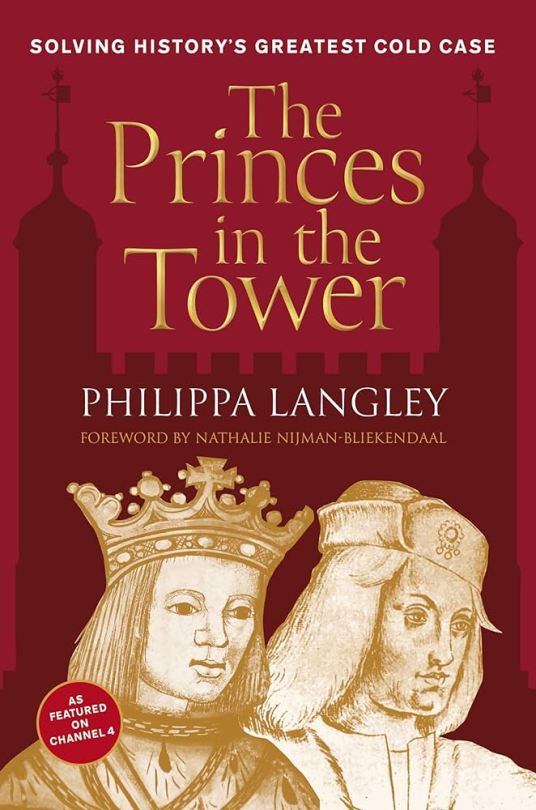

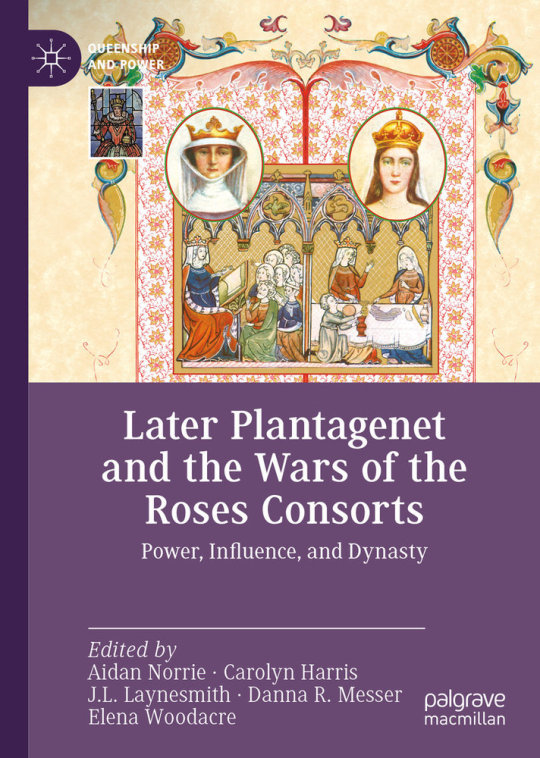
#booklr#books#plantagenet#plantagenets#eleanor of aquitaine#henry ii#henry iii#edward i#edward ii#edward iii#york#lancaster#richard the lionheart#richard iii#richard ii#john king#edward iv#history medieval#medieval history#moyen âge
16 notes
·
View notes
Note
I'm Henry III at the time of my coronation. What can I do to ensure the English monarchy remains as strong as its counterparts on the continent relative to the nobility?
In general, I would say "learn how to delegate better," and "develop structures of legitimization."

Henry's main problem was that he was a habitual micromanager, but didn't have the chops for governance or warfare that his grandfather had. This was a really bad combination for someone who came to power in the middle of the First Baron's War.
During his minority, Henry's ministers like William Marshal and Herbert de Burgh managed to win the First Baron's War and push the French out of England. Then Henry reached his majority. In 1228, the Normans, Angevins, and the Duke of Brittany offered to support Henry against the 12-year-old Louis IX of France - but Henry squandered the opportunity with an ineffectual campaign that accomplished nothing. Then Henry pissed off the rest of the barons again by promoting the Poitevin faction at court.
After that, Henry spent the rest of his reign ruling without ministers - and he was bad at it, especially when it came to enforcing royal charters, distributing patronage widely, and evenly applying royal justice. This - along with Henry's complete defeat in the Saintonge War and his incredibly expensive campaign to win his son Edmund the throne of Sicily - alienated Simon de Montfort and the Savoyard and English barons, leading to his overthrow in 1259, and the Second Baron's War in 1263.
Things didn't really turn around until Edward grew old enough to take the reins of power - because Edward actually did have the military and political skills his father lacked.
20 notes
·
View notes
Text
The promised sequel to my previous post:
If anyone wants to help me come up with drag names for these characters, please feel free!
#i’m so sorry for this. i should not be allowed to have polls#shakespeare#king john#richard ii#henry iv part 1#henry iv part 2#henry v#the henriad#henry vi part 1#henry vi part 2#henry vi part 3#richard iii#henry viii#hotspur#henry iii#henry iv#henry vi#henry vii#poll
76 notes
·
View notes
Note
I want to ask, what was Henry III and Eleanor of Provence's marriage like?
Anon, I don’t know much about Henry III, Eleanor of Provence, or 13th century England in general, so I’m not the best person to ask. I would also recommend that you read Margaret Howell's biography Eleanor of Provence: Queenship in the Thirteenth-Century England as well as J.L. Wilkinson's chapter "Eleanor of Provence: Caring Consort and Controversial Queen" in Routledge's Early Norman to Plantagenet Consorts, as most of my information in this answer has been taken from these sources.
From what I understand, their marriage seems to have been generally loving and successful. Eleanor was very young when she arrived in England in 1236 (probably around 12) but they seem to have waited for a few years before trying to conceive a child, as their son Edward I was born in 1239. According to Wilkinson, not only was Eleanor was "lavished with attention by her husband", she was also very influential with him. The couple seems to have truly enjoyed each other's company: an assassination attempt on Henry in September 1238 was foiled because he was not in his chambers but was instead spending time with his wife. Their closeness is also demonstrated through their letters, which were "littered with terms of affection and endearment".
They were also loving parents who seem to have invested a lot of personal time and attention to their children. Their reaction to their son Edward's illness as well as their daughter Margaret's isolation in Scotland indicates that they genuinely cared for their children's wellbeing. This was not one-sided - later, Margaret stayed in England during the last stages of her pregnancy in 1261 so she could be near her mother when giving birth; and Beatrice placed some of her own children under her mother's care when she accompanied her husband John de Dreux on a crusade. On the flip side, their relationship with their son Edward seems to have been far more complex and occasionally strained, although they do seem to have ultimately cared for each other*.
But I wouldn't say the marriage was all sunshine and rainbows. In particular, there were a few specific incidents which painted Henry III in a less-than-tasteful light. In 1251, the chronicler Matthew Paris recorded how Henry once annulled Eleanor's presentation of her chaplain William of London to Flamstead, and dismissed him from her household. Matthew Paris described how Henry III, "glowing with anger", lashed out at Eleanor with what her biographer Margaret Howell describes as both a taunt and a threat: "How high does the arrogance of woman rise if it is not restrained?". This seems to have resulted in deep consternation on Eleanor's part.
There may have been lingering anger on Henry's part from this incident, suggested by his furious imprisonment of Eleanor's clerk, Robert del Ho, on a charge of corruption on 28 October 1252, when he was attending to Eleanor's business.
More troubling was yet another disagreement between them in 1252. To quote Wilkinson:
"The couple became embroiled in a more serious dispute in 1252, between the Queen’s uncle Boniface and Henry III’s half-brother Aymer de Lusignan, bishop-elect of Winchester, over whose right it was to elect the next prior of St. Thomas’s, Southwark; the disagreement turned violent and culminated in the Lusignans’ men sacking Boniface’s manor at Maidstone. Eleanor’s support for her kin backfred, when Henry III “turned on the queen” in November, seized her properties and sent her away from court for a brief spell."
The situation got so bad for Eleanor that she had to send twice to the court for money for her expenses. Fortunately, matters were soon patched up between the couple: Henry returned Eleanor’s lands and presumably queen's gold to her on 27 November, and the both of them subsequently devoted their efforts to reconciling Boniface and William.
I don't want to overemphasize these incidents, but I do want to be clear: these are examples of Henry III using his patriarchal power as husband to punish his wife for displeasing him. It is also an example of the king blatantly disrespecting the dignity of his queen. There could have been other incidents like this which weren't recorded; we don't know. That being said, the speed at which they reconciled is perhaps indicative of the strength of their relationship. It's also clear, from future events, that neither Eleanor's influence nor her political prominence were affected in the slightest.
Howell speculates that these quarrels coincided with Eleanor's emergence as a more independent and assertive political actor:
"The king's anger was understandable. The young girl whom he had fashioned as his queen, the supportive wife, the mother of his children, in whose companionship he had such pleasure, were images familiar and dear to him. Now, in her late twenties, and without rejecting her established role, Eleanor of Provence was pressing beyond it to an image of her own making. Yet it would be mistaken to think that she was adopting an attitude of defiance. This was not Eleanor's way, and she knew that a queen should be seen to be a peacemaker [...] As queens consort, Eleanor of Aquitaine and Isabella of France were politically important because they threw over the bonds of loyalty to their husbands. Eleanor of Provence set herself to work within those bonds; personal loyalty was one of her most deeply held values. Within those constraints she pushed queenship to its political limits."
Yet it seems that, despite Henry's possible initial friction with the role Eleanor was adopting for herself, he embraced and actively promoted it. When comparing Henry III and his son Edward I's attitudes to their wives in a political capacity, Howell observed:
"Edward revered his mother [Eleanor of Provence], appreciated her courage and knew that he and his father had been saved in part by her indomitable energy and commitment. This is true and he never forgot his debt. It is also true that he would never have tolerated queenship of this style in his own wife [Eleanor of Castile]. It was Henry III who made possible the queenship of Eleanor of Provence. This should not be attributed simply to Henry's alleged weakness, but to the fact that Henry recognized in his own wife what Louis IX recognized in his mother - an exceptionally able woman, in whom he had a deep basic trust."
Indeed, we know they were mutually supportive of each other on a political level. Henry formally appointed Eleanor as regent of England during his absence in 1253-54. Her brother-in-law Richard of Cornwall was instructed to give her "counsel", but it's clear that Eleanor was meant to be the dominant figure in governance. Henry also named Eleanor as the keeper of their children, the English realm, and all his "other lands" (Gascony, Ireland, Wales) if he should die during Prince Edward's minority. It's important to keep in mind that this level of political authority (ie: positions beyond their queenship) was something late medieval kings after Henry III almost never gave their wives. It's even more striking in the light of Eleanor's predecessors, Berengaria of Navarre and Isabella of Angouleme, having comparatively constrained queenships, as well as the fact that Eleanor's own sister Marguerite had a very diminished position in the French court. The authority Henry bestowed on Eleanor, then, says less about the requirements of queenship and more about the strength of their relationship, indicating Henry's high level of trust and regard for his wife's capabilities.
Henry's trust in Eleanor was well-founded. She acted as his "trusted counsellor, helpmeet and adviser", supported him in his foreign policy initiatives, and accompanied him to Gascony in 1242-43. In the 1250s, Eleanor also emerged as one of the strongest and most steadfast enemies of the reformers and remained intent on preserving her husband's authority as king. According to the Waverly Abbey annalist, she was the one who persuaded Henry to take back his earlier acceptance of the Provisions of Oxford. After Henry had submitted to the barons in 1263, Eleanor departed for France and attempted to rally international support for her husband's regime, successfully persuading Louis to issue the Mise of Amiens, in favour of Henry. After her husband and eldest son were defeated and captured by the rebels in 1264, Eleanor remained overseas to keep the king's cause alive and publicized: she oversaw Gascon affairs, amassed funds, gathered mercenaries and raised a fleet in the hopes to launch an invasion of England**. Although lack of funds somewhat impeded her efforts, Eleanor did eventually succeed in her goal:
"It was, ultimately, “from a port under Queen Eleanor’s control,” that men were provided to assist William de Valence in making a royalist landing in England, which eventually culminated in a dramatic resurgence in royalist fortunes in the summer of 1265; Edward’s escape from Montfortian custody at Hereford in late May helped to pave the way for his dramatic victory at the Battle of Evesham on 4 August and Henry III’s liberation from Montfortian custody."
Henry and Eleanor reunited, and seem to have successfully re-established order within the next few years, so that when Henry died in 1272, their son Edward was able to peacefully ascend to the throne. As queen dowager, Eleanor made appropriate provisions for her husband's soul and re-founded the hospital of St. Katherine for his commemoration. She may have possibly kept Henry's heart with her for a few years, since it only reached its final resting place at Fontevraud in 1292. If true, this seems to a poignant indication of her grief.
*In the 1250s, Edward had begun to “carve out more independence from his parents’ influence” and “forge a wider circle of contacts that took him beyond the officials whom his parents had appointed to serve him.” Later, he temporarily voiced support for the reform movement and Simon de Montfort in 1259, against the interests of both his parents. However, Henry and Eleanor quickly reconciled with their son after they returned to England. “Although the relationship between Henry, Eleanor and Edward continued to waiver for a time, Edward supported his parents when it mattered the most." But there were additional complications during Eleanor's tenure as dowager queen. According to Wilkinson, "Edward I was not always mindful of his mother’s wishes, conscious, perhaps, of the controversial figure she had cut during his father’s reign". But she still had influence with her son. Among other things, we know that Edward and Eleanor of Castile's daughter Mary had entered into Amesbury "at the instance of the King’s mother" according to the Dominican friar Nicholas Trivet, and "for the solace of the queen-mother" according to Margaret, abbess of Fontevraud.
**I’ve always found it very frustrating that only Matilda of Boulogne and Margaret of Anjou are usually given credit for supporting their husbands in such a way when Eleanor of Provence did the same thing and was (imho) far more successful in both the short-term and long-term.
2 notes
·
View notes
Note
considering John's experiences and the fact that he eventually rebelled against his father along with his siblings, what was his relationship like with his kids?
I've always wondered this after learning that Henry III regarded his father's grave with affection...
well unfortunately john died when the majority of his children were pretty young, so we don’t really have much to compare him to his father with.
we can compare that to john’s own experiences with his father, as john was the youngest of henry’s children, and considerably younger than his brothers. he would have been too young to have substantially been involved in the family drama unfolding around him, and he was considerably removed from his family by way of proximity, regardless. in spite of that, john was probably henry’s favourite son… which some historians have speculated arose from his youth making him more malleable, and less of a threat in ways his older, landed brothers were. i think much of henry ii’s problems with his children stemmed from the impossible challenge of managing a successful succession plan (including arranging marriages) within a feudal system that couldn’t accommodate his empire (the irony and the tragedy is that john’s birth is what, in certain respects, created the challenge: “providing for his youngest son proved to be a constant headache for henry” (church)). indeed, like you say, john would ultimately go the same way as his brothers and would ultimately revolt against his father.
the issue of inheritance was not really a factor for john with his children. by contrast, his relationship with his children seems more stable. according to danna messer: “john is known for having been a loving father”. he certainly seems to have been close with his bastard daughter joan/siwan — who was possibly his eldest child: “it would have been somewhat out of character for him not to have met with his daughter at least once before her [marriage] to offer fatherly love and support, and to waylay her concerns and apprehensions pertaining to such a major life change. [john] may have personally escorted her to england” (messer). they had a very collaborative political relationship, even in spite of the actions of joan’s husband, llywelyn. i think it’s significant that joan was a female bastard child — one he facilitated an incredibly advantageous marriage for, which he arguably did not need to do, but nevertheless not an active threat in the way male, legitimate children would be. it does make their relationship interesting. the fact that we can identify visitations between king and daughter, and grandchildren, as well as giftgiving and rewards between them, can and has been used to construct an idea of john as an attentive and co-operative father to a child old enough to have had a tangible relationship with him, albeit joan’s feelings wrt his treatment of welsh hostages, the de braoses, or the burning of bangor are unknowable.
and, yes, his heir seems to have remembered him fondly: “the evidence shows that he looked upon his father’s resting place with great affection. he sank vast sums of money into worcester”. however, henry iii was nine when his father died, so it’s unlikely they had much of a relationship before john’s death. john would have been too itinerant, and the practicalities of day-to-day life for king and royal heir would not have facilitated a close relationship. i have always thought it interesting that isabella did not stay in england to act as regent to her son, which makes me speculate that there could not have been too intimately close a familial connection. on the other hand, would it be unreasonable to point to henry iii’s relationship with his half sister, joan/siwan of wales, as indicative of familial closeness linking the two together in the memory of their father?
4 notes
·
View notes
Text
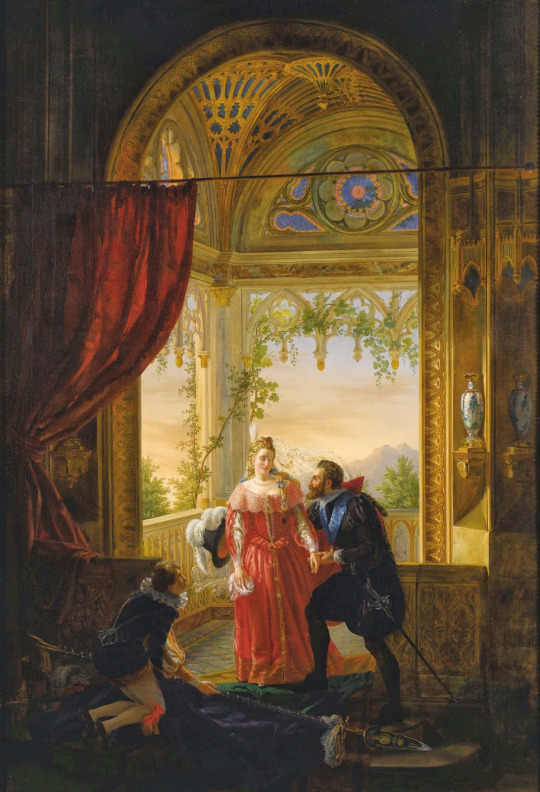
Henri IV with his Mistress by Louis-Nicolas Lemasle
#henri iv#art#louis nicolas lemasle#henry iv#king#france#french#henry of navarre#captured#flags#flag#standard#battle of coutras#troubadour#europe#european#history#diane d'andoins#countess of gramont#comtesse de gramont#architecture#countess de gramount#henry iii#navarre#henri iii#french religious wars#royal#huguenots#huguenot#royalty
74 notes
·
View notes
Text

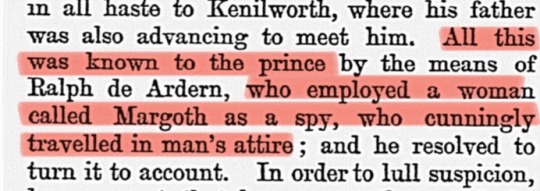
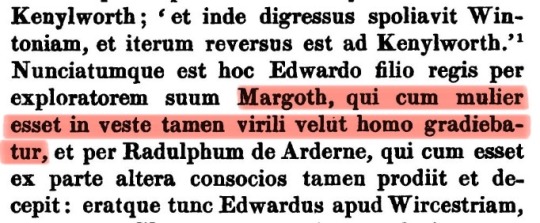

Margoth, the crossdressing, gender bending ‘transvestite’ royal spy of King Henry III and Prince Edward - Later King Edward I - who helped to turn the tides in the Second Baron’s War of 1264-1267
Sources: The Plantagenets (2012), Dan Jones / Memories of Kennilworth (1867), Edward Waldorf / The Chronicles of Walter of Guisborough (1272-1312) (crudely translated by me)
#I spent TWO HOURS trying to get a copy of the original guisborough text#it was listed as the primary source for her everywhere but i had to kill someone to actually find the writing itself#2 by clear I obviously know that both edward i and henry iii were deeply evil men im not hyping them up#this is just interesting#margoth#Edward i#Henry iii#plantagenets#history#transgender#double shot
14 notes
·
View notes
Text

Coronation of Henry III by Frances Brundage.
The son of King John and Isabella of Angoulême, Henry assumed the throne when he was only nine in the middle of the First Barons' War.
#frances brundage#kingdom of england#henry iii#king of england#full length portrait#lord of ireland#duke of aquitaine#hanry of winchester#first barons' war#House of Plantagenet
2 notes
·
View notes
Text


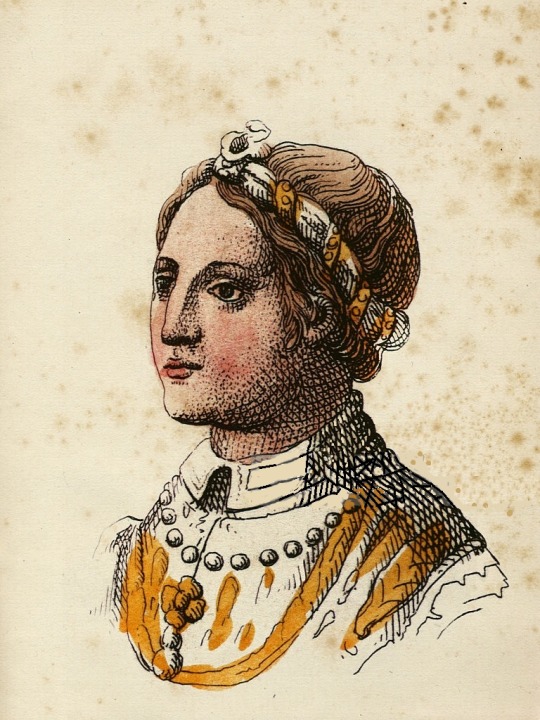


Royal Birthdays for today, October 1st:
Alexander Severus, Roman Emperor, 208
Henry III, King of England, 1207
Isabella, Countess of Vertus, 1348
Charles VI, Holy Roman Emperor, 1685
Nikolaos, Prince of Greece and Denmark, 1969
#alexander severus#henry iii#isabella of france#charles vi#prince nikolaos#royal birthdays#long live the queue
4 notes
·
View notes